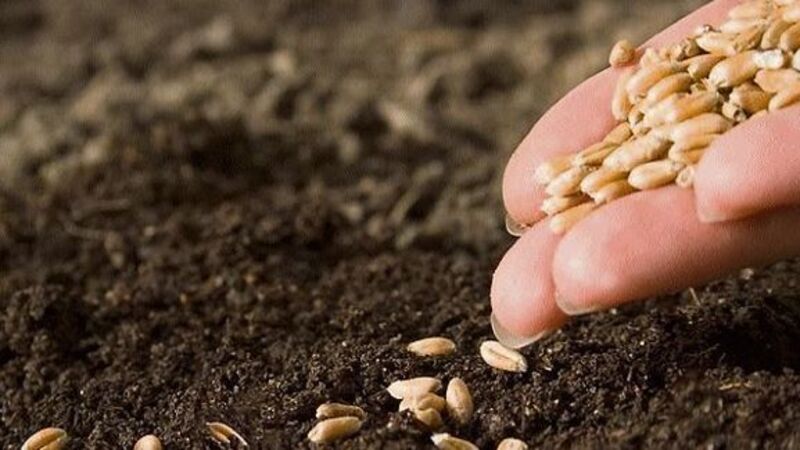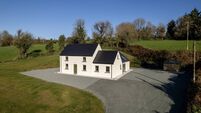Sowing seeds of success

Many wild plants use wind to disperse their seeds. Obvious examples are dandelions and thistles. They produce large quantities of tiny seeds, each one equipped with its own fluffy ‘parachute’. Under ideal circumstances these seeds can travel up to 1,000km. Sycamore and ash trees produce larger seeds which have wings rather than parachutes and these can fly for up to about 180m. Pine cones are not very aerodynamic but can be blown surprising distances in winter winds.
Many plants use animals, birds and insects to disperse their seed. Some, like brambles or hawthorn trees, produce fruit. When the fruit is eaten the animal or bird either spits out the seed or, more commonly, it passes through their digestive tract and is expelled in droppings. Ants collect the seeds of wood anemones and bring them home to feed their larvae. Some trees, like oaks and hazels, produce large seeds which don’t have a fruit coating but are themselves nutritious. Birds like jays and animals like squirrels will collect these and store them for the winter, often by burying them. Not all nuts and acorns are recovered and some will germinate.
The seeds of other plants travel by hitching a lift in fur, feathers or clothing. The seeds of cleavers, or goose-grass, do this as do the larger round seeds of burdock. In the 1940s the Swiss inventor George de Mestral examined the burrs caught in his dog’s fur under a microscope and copied them to invent velcro.
A small number of Irish plants use water to disperse their seeds. The cones of alder trees are very buoyant and each one is packed with seeds. These can germinate while the cone is still floating so that they’re ready to take root the minute their vessel makes landfall. Coconuts are actually very large seeds capable of germinating after floating across an ocean.
Other plants utilise ballistics. Cranes-bills, dog violets and furze bushes produce their seeds in pods which, when they’re ripe, burst open explosively. Some plants use time rather than space to disperse their seeds. They lie dormant in the ground, sometimes for centuries, before they germinate. It often takes a catastrophe to make this happen.
The cones of sequoia trees contain a resin that only melts to allow the seed to germinate after a forest fire and the seeds of many species of heather have a similar mechanism. At the end of the First World War poppy seeds germinated in the mud of Flanders and at the end of the Second World War dormant seeds of willow-herb sprouted in London’s bomb sites.













